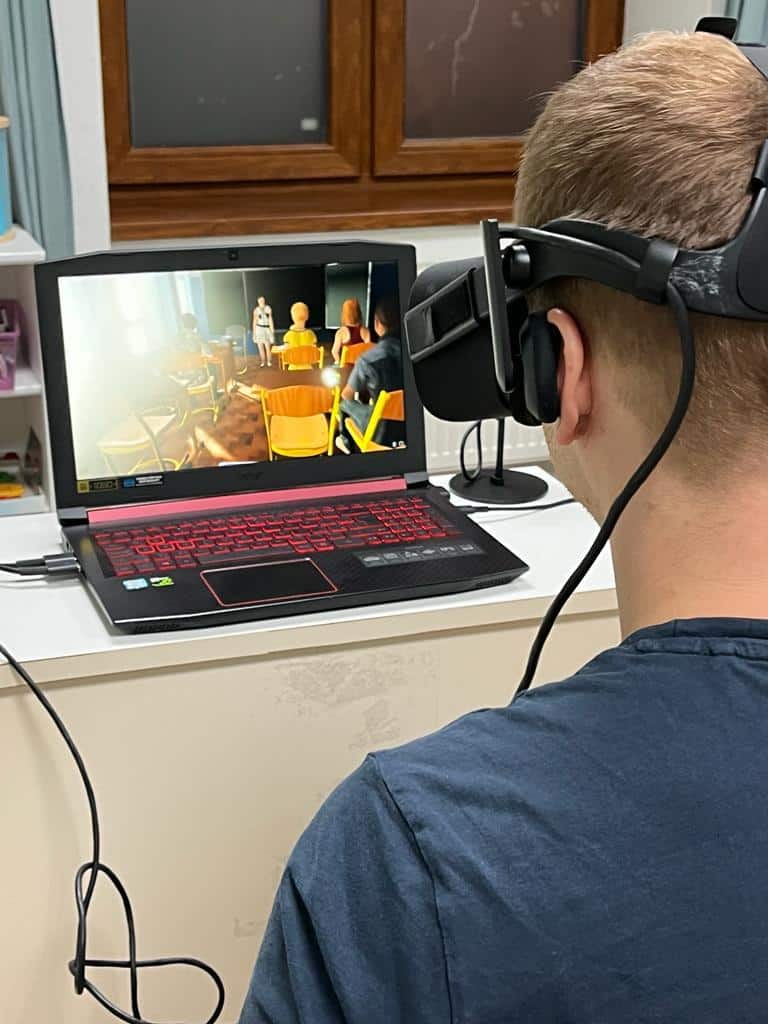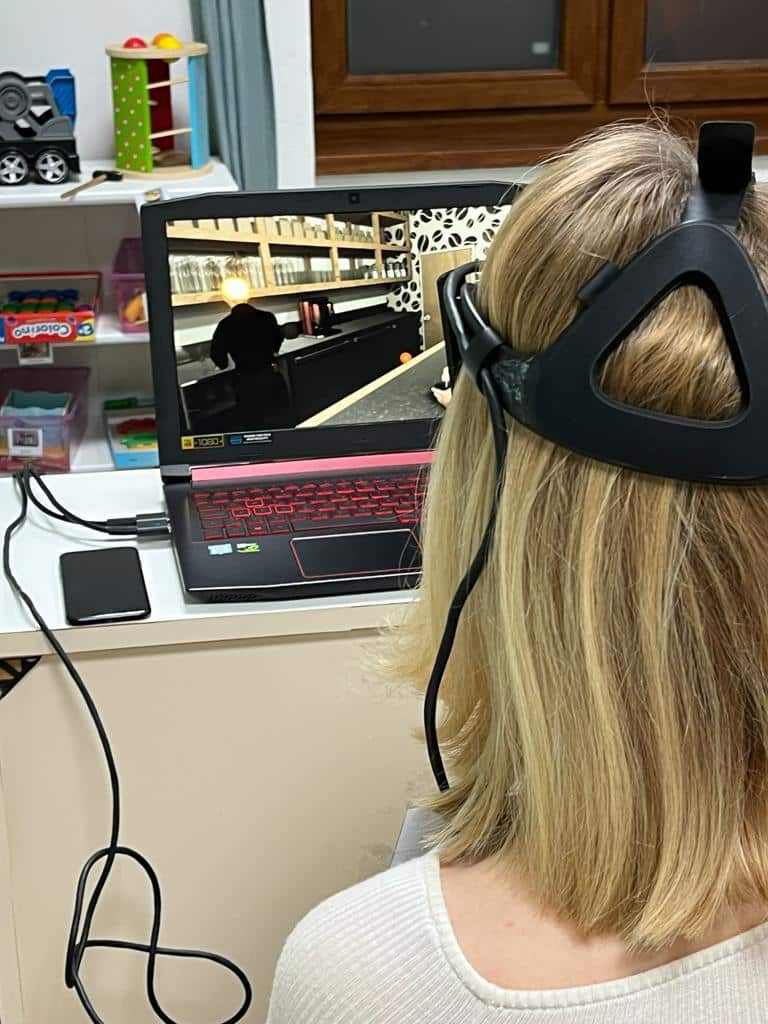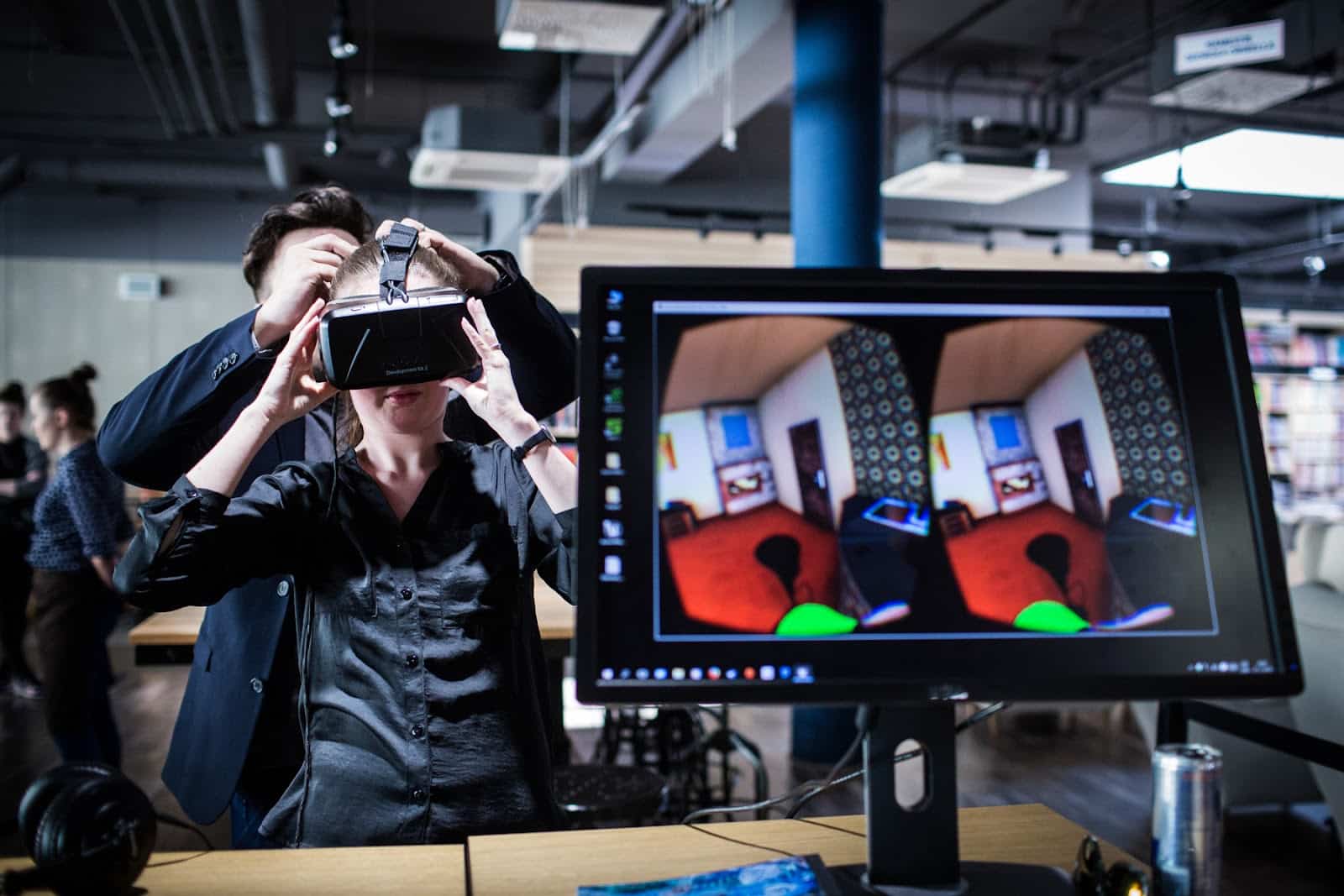Seeing the progress my students make is something that truly fulfills me. This progress often doesn’t come easy. My students are no ordinary children. I’m a teacher at a kindergarten for autistic children in Bratislava, Slovakia.

My colleagues and I believe it is essential to cooperate with the parents of our students to achieve anything. That’s why we run a whole series of workshops for parents every year. We start with the basics of autism, we talk deeply about developing communication and play. The recent workshop was about the sensory perception of their children. My goal was to show parents the aspects of autism in an understandable way so that they can adjust their environment and behavior in alignment with their children’s interests.
Our students typically deal with sensory hypersensitivity. It’s a state in which they experience excessive sensitivity to stimuli from their environment. They react to sounds, lights, smells, touch, or tastes a lot more intensively. This state affects their everyday life – working in specific environments, attending social events, or doing daily tasks. It’s important to realize that sensory hypersensitivity is a real state in which children need understanding and support from adults.
Rates of sensory processing dysfunction may be as high as 90% in individuals with Autism Spectrum Disorder (ASD) 5% and 16% in the general population.
Schoen SA, Miller LJ, Brett-Green BA and Nielsen DM (2009). Physiological and behavioral differences in sensory processing: a comparison of children with Autism Spectrum Disorder and Sensory Modulation Disorder. Front. Integr. Neurosci. 3:29. doi: 10.3389/neuro.07.029.2009
The parents experienced sensory sensitivity themselves at the workshop thanks to a new technology. They tried Autismity, which is the Autism Simulator in virtual reality. A mother of my student said: “Honestly, it was a very powerful experience. I was almost in tears. I thought about it and reassessed whether I reacted well in some situations when my son threw a big tantrum. How difficult it must all be for him?” This personal experience motivated the parents to learn what they could do about it.

Kids can learn to cope with their reactions and advance in their progress with appropriate support. It’s helpful to create an environment that minimizes stimuli that evoke sensitivity. Ideally a quiet environment without sharp lights or strong smells. Wearing noise-canceling earphones or Polaroid sunglasses often helps. Kids can also cope well using different relaxation techniques.
I believe that more and more awareness will be made about sensory perception. From the position of a special educator, I am convinced that working with the simulator should be tried not only by parents and relatives of a person with autism, but also by educators, and basically, it could be beneficial for everyone. A better understanding of the perception of the reality of people with ASD would help all parties to live an easier life.

Mgr. Kollárová Petra

